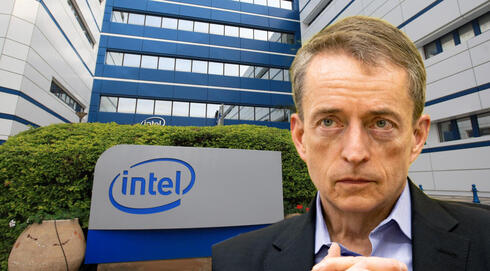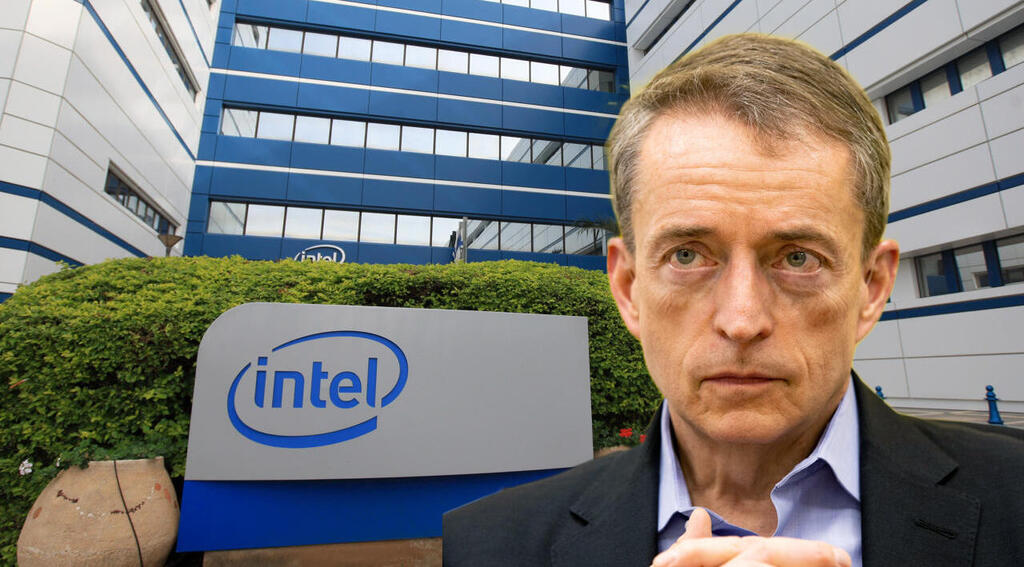
Intel’s mass layoffs: A desperate move that might not be enough
Cutting thousands of jobs may offer temporary relief, but Intel’s long-term outlook remains shaky.
Intel is facing a major problem. The chip giant is currently in the midst of a crisis, with revenues and profits faltering. Despite efforts to capture a share of the hottest market of the moment—chips for artificial intelligence (AI)—Intel has struggled to compete effectively with Nvidia's highly sought-after chips. After missing the mobile revolution and experiencing declining profits from computer processors, Intel realizes it must undergo a strategic transformation to survive in the long term.
Intel CEO Pat Gelsinger believes he has the solution to this crisis: developing a foundry business, where Intel would produce chips designed by other companies. Traditionally, Intel has manufactured chips that it developed in-house, unlike companies such as Nvidia and Apple, which design their own chips but rely on manufacturing companies like TSMC to produce them. Under Gelsinger's leadership, Intel has been aggressively pursuing the establishment of a foundry business for the past two years. In an ideal scenario, this could turn Nvidia from a competitor into a customer and attract other clients like Apple and Microsoft (which signed a $15 billion chip manufacturing deal with Intel in February).
However, establishing a foundry division requires massive investment—tens of billions of dollars in factories and advanced production facilities, like those Intel is building in several U.S. locations and plans to establish in Israel (although some work on expanding the Kiryat Gat plant has been frozen). While part of the necessary investment comes from significant subsidies from the U.S. and Israeli governments, Intel still needs to allocate considerable funds from its own reserves. This brings Intel's original problem back into focus: it's challenging to invest tens of billions of dollars in a venture that will only bear fruit in a few years, especially when revenues and profits are stagnant or declining, the stock is faltering, and investors are anxious.
Today, Intel is expected to release its report for the second quarter of 2024. Analysts predict that revenues will be similar to those of the same quarter last year. For the second half of the year, analysts expect a modest 3% increase in revenue—the first time since 2021 that Intel will report growth. However, even this modest increase may not be enough to change the company's overall direction.
So, what is Intel doing? Layoffs. According to a Bloomberg report, Intel is preparing for significant layoffs involving thousands of employees, which could be officially announced as early as this week. The primary goal of the layoffs is to free up capital for investment in the foundry business. Depending on the scale of the layoffs, the capital savings could be substantial. Between October 2022 and the end of 2023, Intel reduced its workforce by 5% (from a previous total of 124,800 employees), a move expected to save the company $10 billion by 2025. Today, Intel employs 110,000 people, not including employees in units that are being spun off.
At this stage, it is unclear which departments will be affected by the layoffs, whether the main targets will be development workers or salespeople, and what the geographic distribution of the layoffs will be. It is also uncertain whether workers in Israel will be affected, as recent rounds of layoffs at Intel have largely bypassed Israel, but there is no guarantee that this will continue. Additionally, Intel could potentially announce layoffs within its foundry division, though this is unlikely given the strategic importance of this division for the company's future.
It is likely that Intel aims to reduce the activity of less strategic divisions or those that do not justify further investment, in order to focus resources on growing its foundry business. Ultimately, the success of this division represents Intel's best chance for a successful future. The company may struggle to compete with Nvidia in AI chip production, but if it can build sufficiently advanced factories and offer Nvidia attractive manufacturing solutions, it may no longer need to compete directly with Nvidia.














